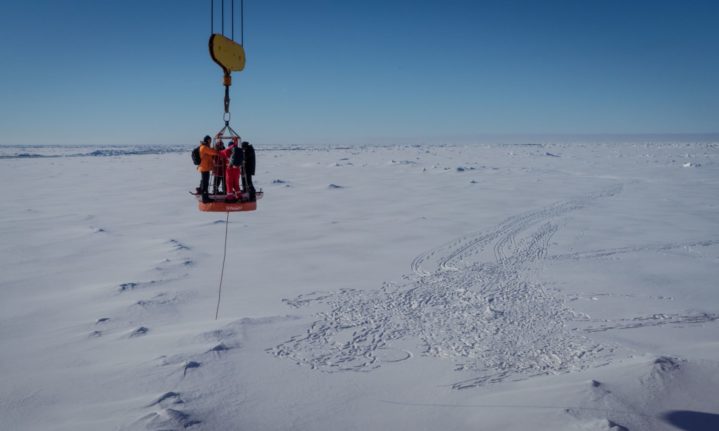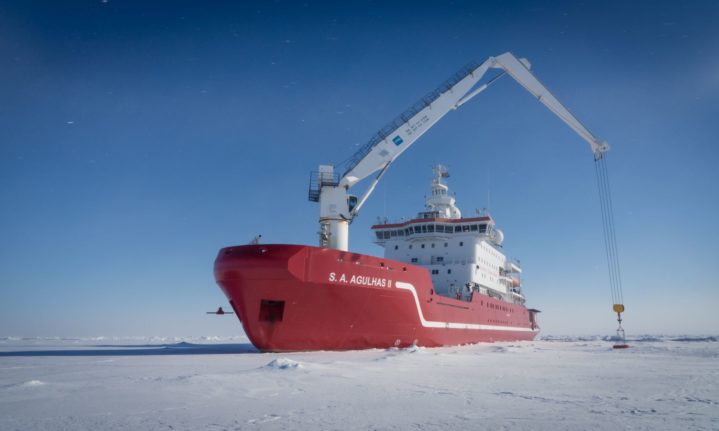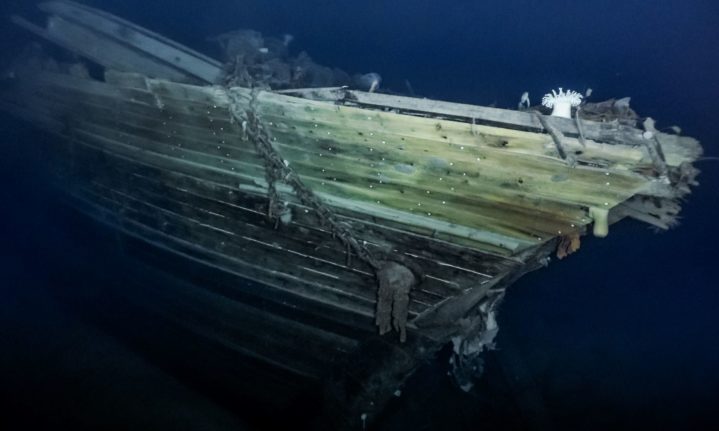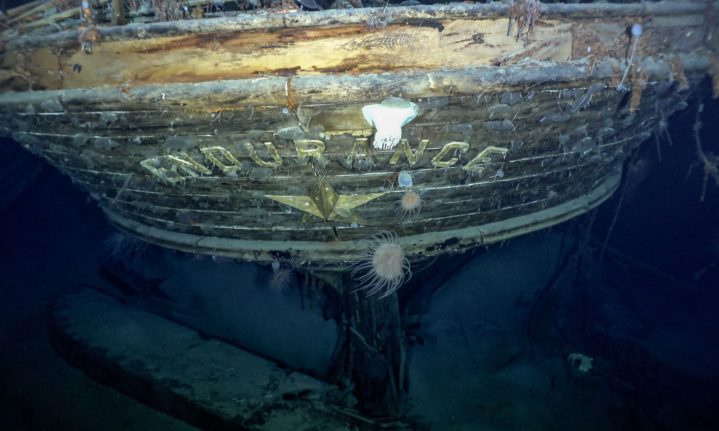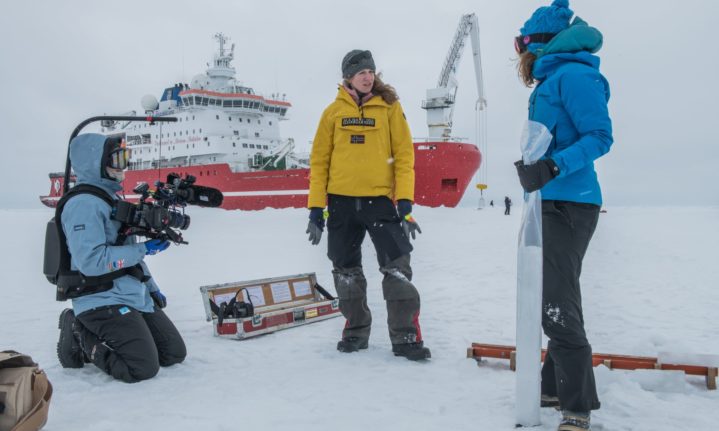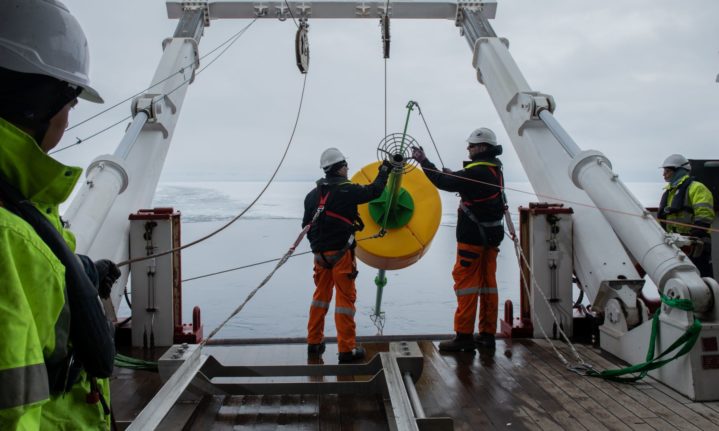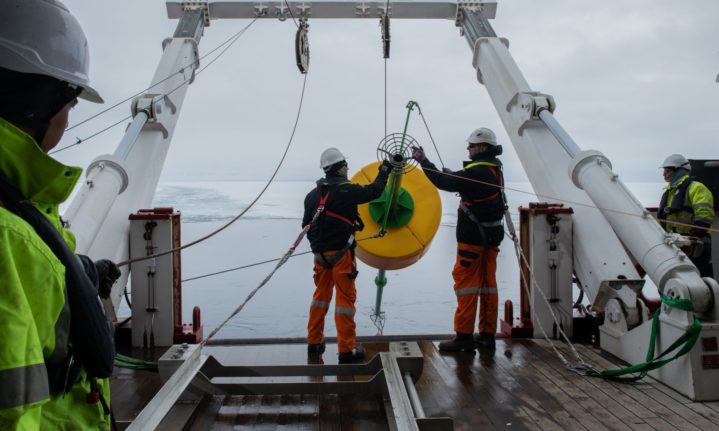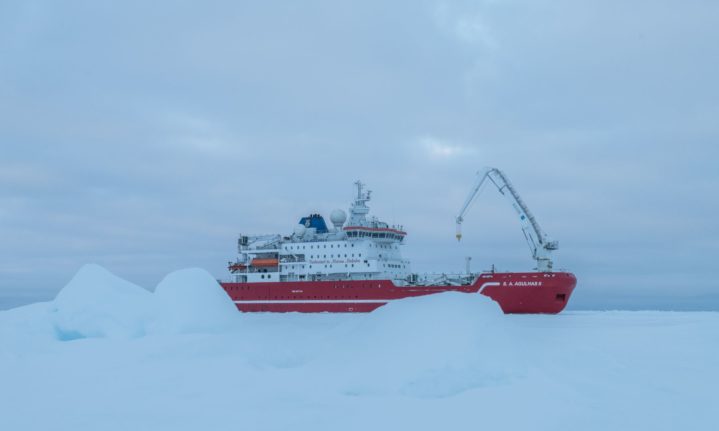Ernest Shackleton’s famous ship has been found after the Endurance22 expedition located the wreck at the bottom of the Weddell Sea in Antarctica, completing the ‘greatest wreck hunt of all time’.
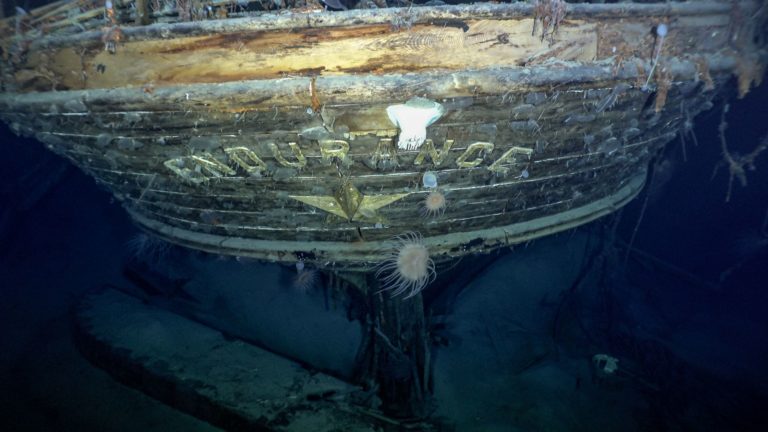
One hundred years after Shackleton’s death, Endurance was found at a depth of 3008 metres within the search area defined by the expedition team before its departure from Cape Town, and approximately four miles south of the position originally recorded by Endurance Captain Frank Worsley.
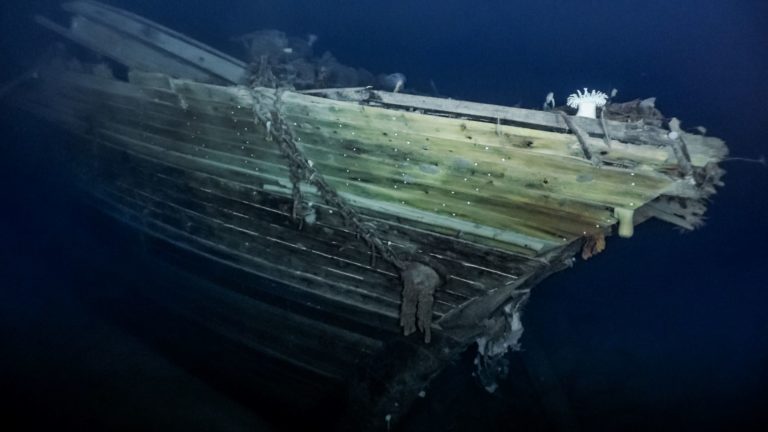
Picture: Falklands Maritime Heritage Trust and James Blake
The team worked from the South African polar research and logistics vessel, S.A. Agulhas II, owned by the Department of Forestry, Fisheries and Environment and under Master, Captain Knowledge Bengu.
The wreck is protected as a Historic Site and Monument under the Antarctic Treaty, ensuring that while the wreck is being surveyed and filmed, it will not be touched or disturbed in any way.
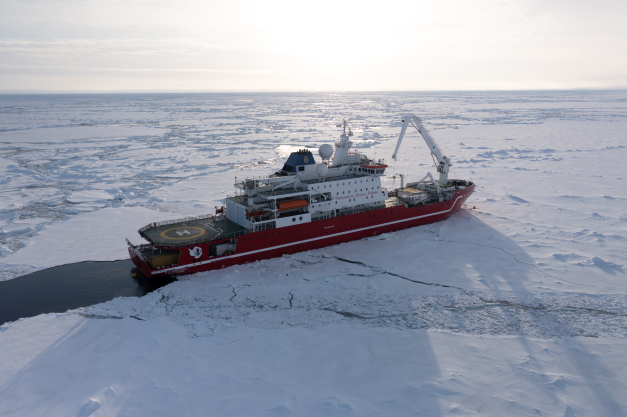
Picture: Falklands Maritime Heritage Trust and James Blake
‘But this success has been the result of impressive cooperation among many people, both onboard the remarkable SA Agulhas II with its outstanding Master and crew, a skilled and committed expedition team and many on whose support we have depended in the UK, South Africa, Germany, France, the United States and elsewhere,’ said Donald Lamont, Chairman of the Falklands Maritime Heritage Trust.
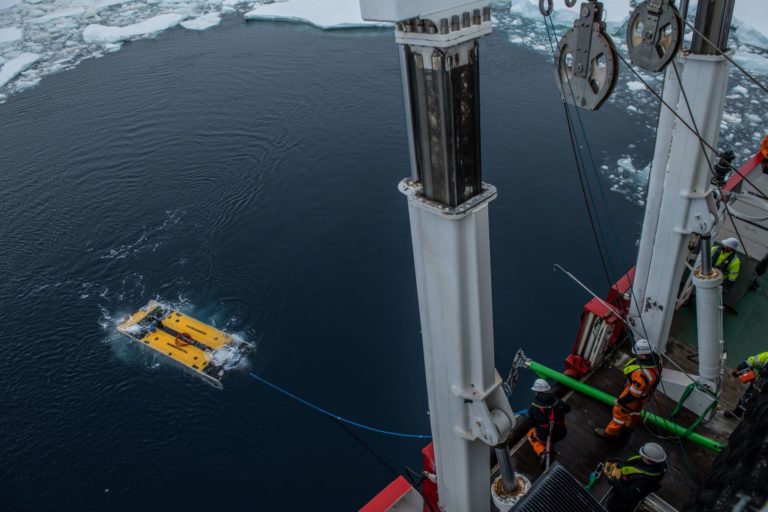
Picture: Falklands Maritime Heritage Trust and James BlakeCredit Falklands Maritime Heritage Trust and James Blake
Dr John Shears, Expedition Leader, said that the team has ‘made polar history with the discovery of Endurance, and successfully completed the world’s most challenging shipwreck search’. He also pointed to the important scientific work on the expedition: ‘we have undertaken important scientific research in a part of the world that directly affects the global climate and environment’.
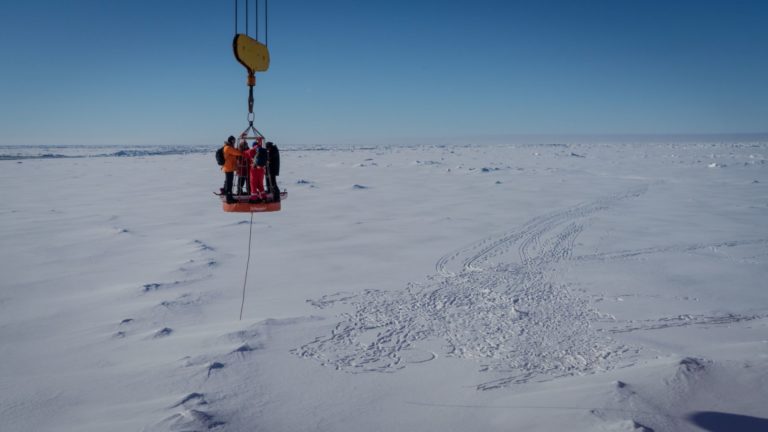
Picture: Falklands Maritime Heritage Trust and James Blake
The discovery of the vessel did not come without its challenges, with Subsea project manager, Nico Vincent commenting that ‘This has been the most complex subsea project ever undertaken’.
Scientific research during the expedition
Under the leadership of Dr Lasse Rabenstein, Endurance22’s Chief Scientist, a world-leading team of scientists from research and educational institutions successfully conducted hundreds of hours of climate change-related studies over the duration of the expedition.
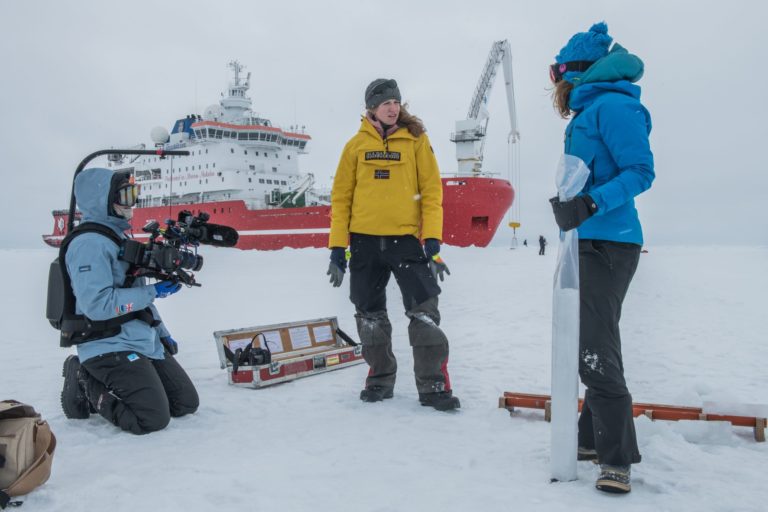
Picture: Heritage Trust and James Blake
Representatives from the South African Weather Service, German firm Drift & Noise, Germany’s Alfred-Wegener-Institute, German Space Agency (DLR), Aalto University in Finland and South Africa’s Stellenbosch University researched the ice drifts, weather conditions of the Weddell Sea, studies of sea ice thickness, and were able to map the sea ice from space.
Combined, these important studies will help us understand his remote region and how it influences our changing climate.
ALSO READ
Endurance22: The search for Ernest Shackleton’s famous Antarctic wreck









